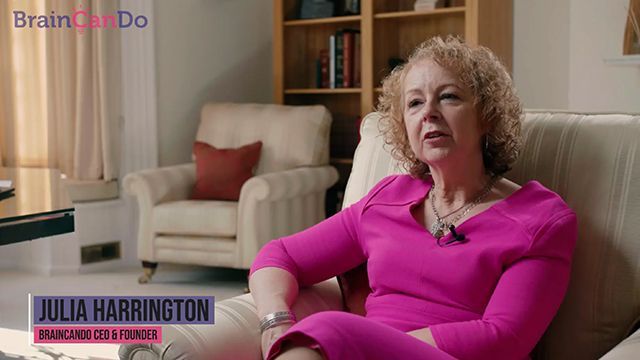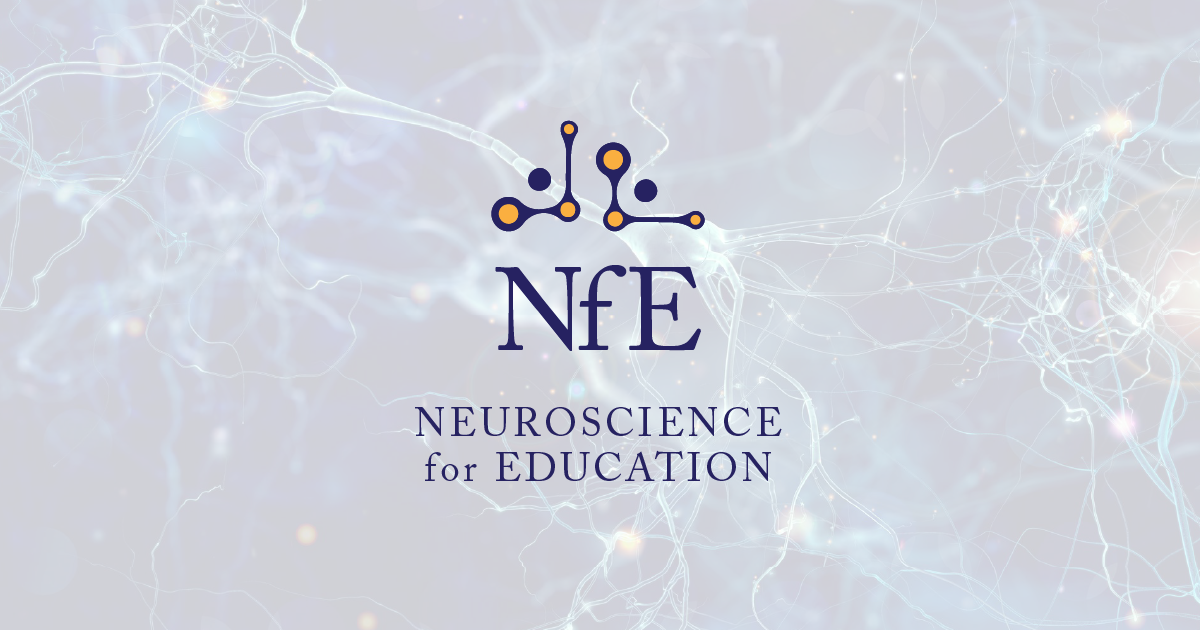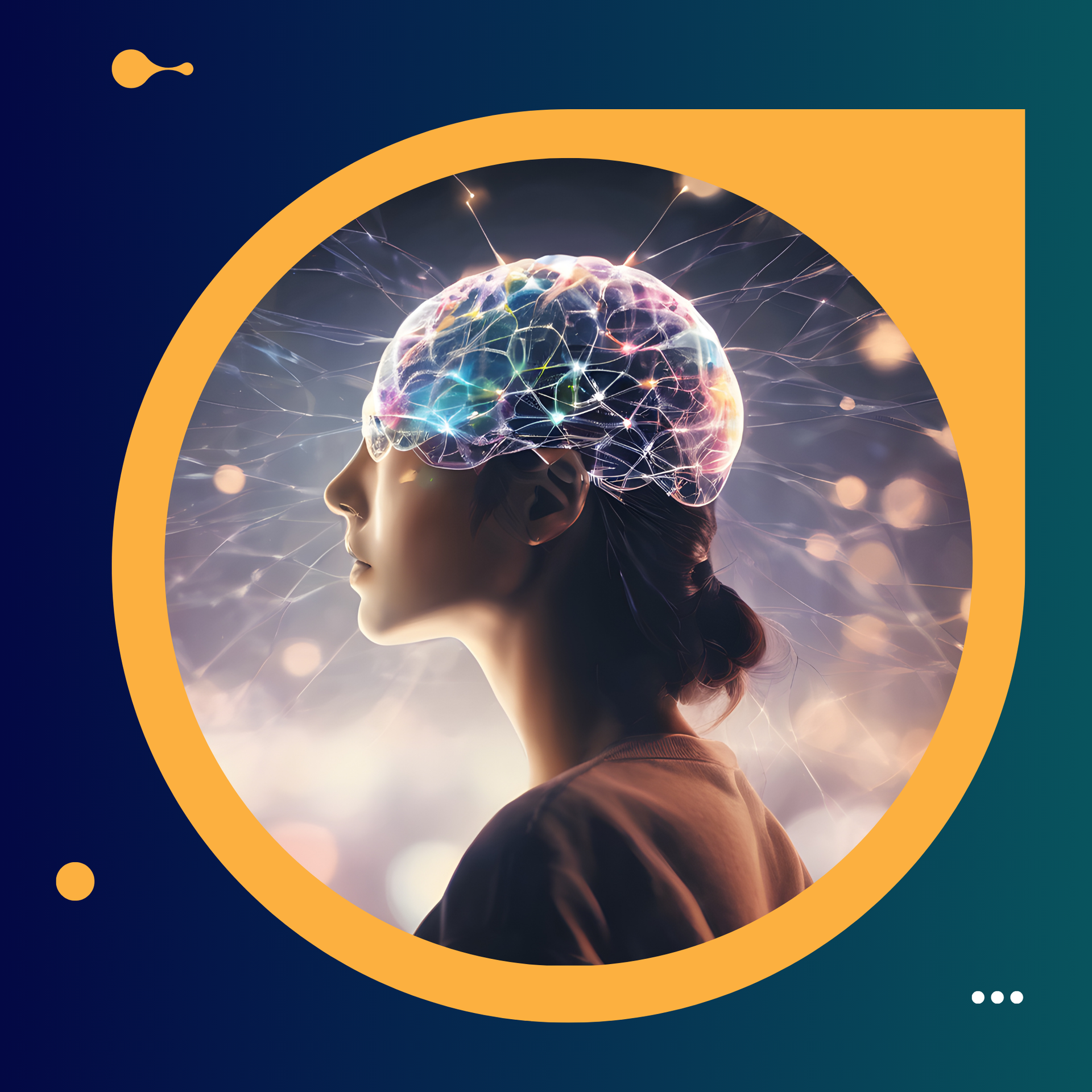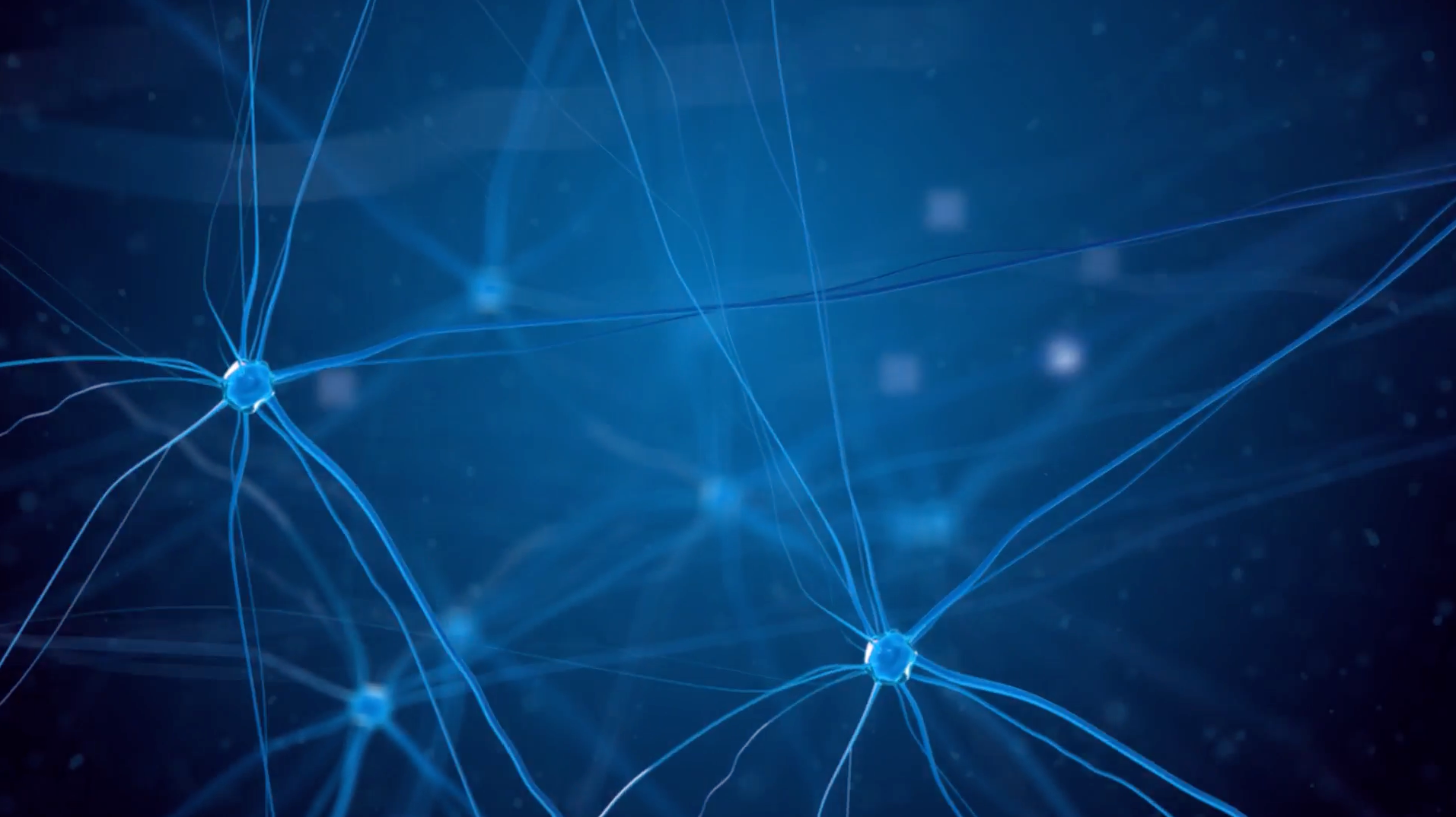Understanding ADHD Through a Neuroscience Lens: What Teachers Need to Know
Using neuroscience to move from managing difference to embracing every learner’s potential.
Every classroom is a tapestry of minds—each learner bringing a unique pattern of strengths, challenges, and ways of engaging with the world. As educators, we often talk about “neurodiversity,” yet few of us have the chance to see what that truly means inside the brain. During ADHD Awareness Month, it’s the perfect time to pause and explore how understanding the brain can transform how we teach, connect, and support every learner.
From “Deficit” to “Difference”
Historically, conditions like ADHD, dyslexia, and dyspraxia have been described in terms of what individuals cannot do. This “deficit” language divides learners into those who are “typical” and those who are “not”—creating an artificial separation that fails to recognise human diversity.
Neuroscience invites us to see things differently. Our brains are as varied as our fingerprints, and these variations often come with both challenges and strengths. What we call “neurodivergence” might simply reflect the natural range of human cognitive wiring—each pattern evolved for different contexts and needs.
Inside the ADHD Brain
Recent brain imaging research helps us understand why attention, impulsivity, and energy levels can vary so dramatically among learners. In typically developing children, key neural networks mature to work in balanced coordination:
- The Default Mode Network (DMN) supports reflection, imagination, and internal thought.
- The Central Executive Network (CEN) manages focus, problem-solving, and decision-making.
- The Salience Network (SN) acts as a switch, helping us shift between internal and external attention when something important happens.
In children at risk for hyperactivity or impulsivity, these networks show greater connectivity than in their peers (Jones et al., 2023). This means the brain’s systems are talking to each other too much, making it harder to filter out distractions or maintain sustained focus. Interestingly, this pattern mirrors what we see in younger brains—suggesting a delay in the typical maturation of neural connections, not a fixed deficit.
And yet, this same neural configuration brings strengths. Studies show that increased interaction between these networks enhances creativity, curiosity, and sensitivity to novelty—traits that are invaluable in problem-solving and innovation.
What Teachers Can Do
So how can we bring this understanding into the classroom? Here are four neuroscience-informed approaches to support learners with ADHD—and benefit everyone:
1. Foster novelty and curiosity. The ADHD brain thrives on stimulation and discovery. Rotate learning formats, use quick “micro-challenges,” or introduce unexpected questions to reignite engagement.
2. Encourage self-directed movement. Allowing students to stand, stretch, or use fidget tools helps manage excess energy and supports self-regulation—because movement activates the same neural circuits involved in attention.
3. Structure time externally. Time blindness is common in ADHD. Use visible timers, verbal countdowns, or visual schedules to externalise time and help students manage transitions.
4. Celebrate strengths. Reframe distractibility as attentional flexibility and impulsivity as readiness for action. Encourage learners to see how these traits can be powerful in creative or fast-paced contexts.
There’s So Much More to Learn
Understanding ADHD through the lens of neuroscience is just the beginning. When teachers grasp how the brain develops, learns, and adapts, they unlock new strategies to reduce stress, increase engagement, and support neurodiverse learners more effectively.
Our Applied Neuroscience for Teachers programme delves deeper into how brain networks shape learning and behaviour—and how small, evidence-based changes in the classroom can make a big difference.
This ADHD Awareness Month, take a moment to reflect not just on how students behave, but how their brains work. With a little neuroscience, we can move from managing difference to truly embracing it.
